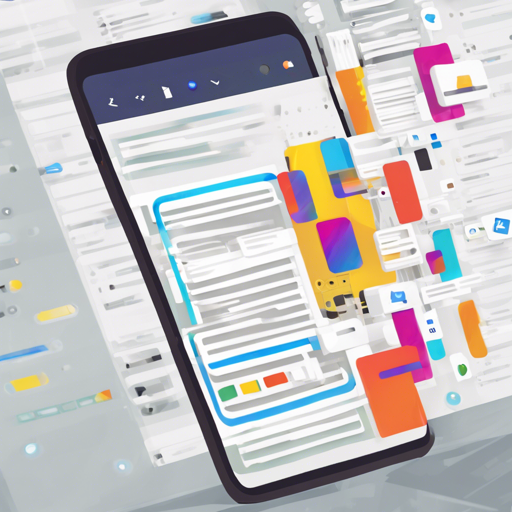If you’re diving into the world of Android development, capturing the visual fidelity of your app can be a daunting task. However, the Shot tool simplifies this process. This blog will guide you step-by-step on how to set up and utilize Shot for screenshot testing in your Android projects.
What is Shot?
Shot is a Gradle plugin designed for Android developers to easily write screenshot tests for their applications. It’s a powerful tool that provides an interface named ScreenshotTest and an efficient test runner ShotTestRunner that streamline the testing process.
Getting Started with Shot
Before you can begin capturing those all-important screenshots, you’ll need to set up Shot in your project. Here’s how:
- Open your
build.gradlefile and add the following dependency:
buildscript {
...
dependencies {
...
classpath 'com.karumi:shot:LATEST_RELEASE'
}
}build.gradle file:apply plugin: 'shot'build.gradle file:android {
...
defaultConfig {
...
testInstrumentationRunner 'com.karumi.shot.ShotTestRunner'
}
}Writing Your First Screenshot Test
Now that Shot is set up, let’s write a test! Think of it like snapping a picture with a camera. You want to ensure the picture turns out just right every time. Here’s how to do it:
class GreetingScreenshotTest : ScreenshotTest {
@Test
fun rendersGreetingMessageForTheSpecifiedPerson() {
composeRule.setContent { Greeting(greeting) }
compareScreenshot(composeRule)
}
}This code snippet sets up a test for a greeting message displayed in Jetpack Compose.
Recording and Verifying Screenshots
Once your tests are written, it’s time to record the screenshots and verify that everything looks as expected.
- To record your screenshots, run:
./gradlew executeScreenshotTests -Precord./gradlew executeScreenshotTestsHow to Deal with Errors
Sometimes, things may not go as planned. If Shot encounters any issues, it will generate a detailed error report. Here are some troubleshooting tips:
- Ensure your emulator is configured with
gpu mode swiftshader_indirectto prevent rendering issues. - Double-check your Gradle configurations.
- If you’re uncertain about configuration settings, it may be helpful to refer back to the Jetpack Compose documentation.
- Whenever you face any persistent issues, don’t hesitate to ask for assistance on community forums or revert to the guidelines provided in this post.
- For further insights, updates, or to collaborate on AI development projects, stay connected with fxis.ai.
Conclusion
By configuring Shot and writing tests as demonstrated, you will streamline your development process and ensure your app captures the perfect interactions visually. Remember, in development, using the right tools can save you time and enhance your project’s quality exponentially.
At fxis.ai, we believe that such advancements are crucial for the future of AI, as they enable more comprehensive and effective solutions. Our team is continually exploring new methodologies to push the envelope in artificial intelligence, ensuring that our clients benefit from the latest technological innovations.
Additional Tips
- Remember to keep your Shot version updated to leverage the latest features and fixes.
- Familiarize yourself with the documentation provided, especially regarding Jetpack Compose compatibility.

